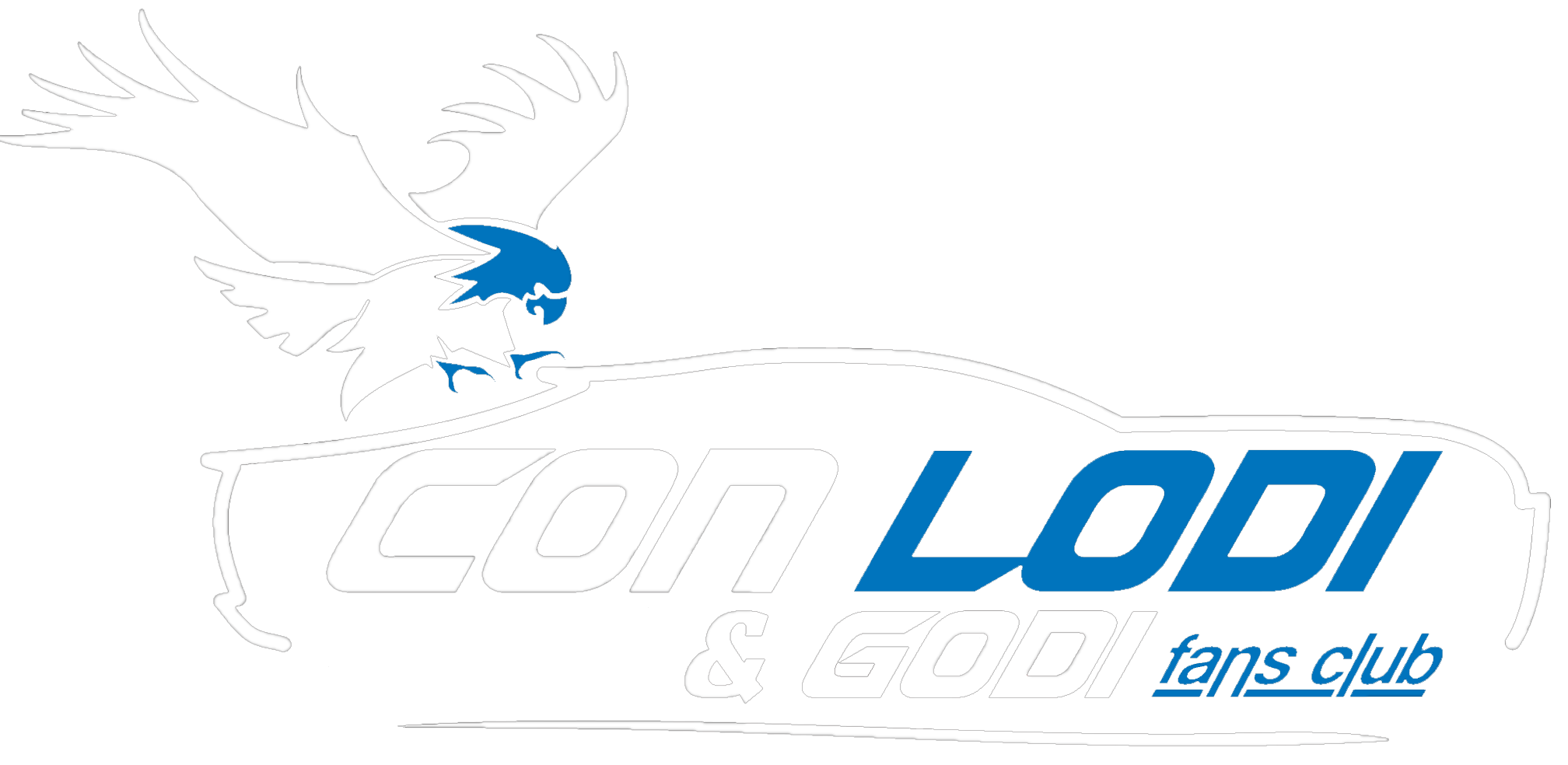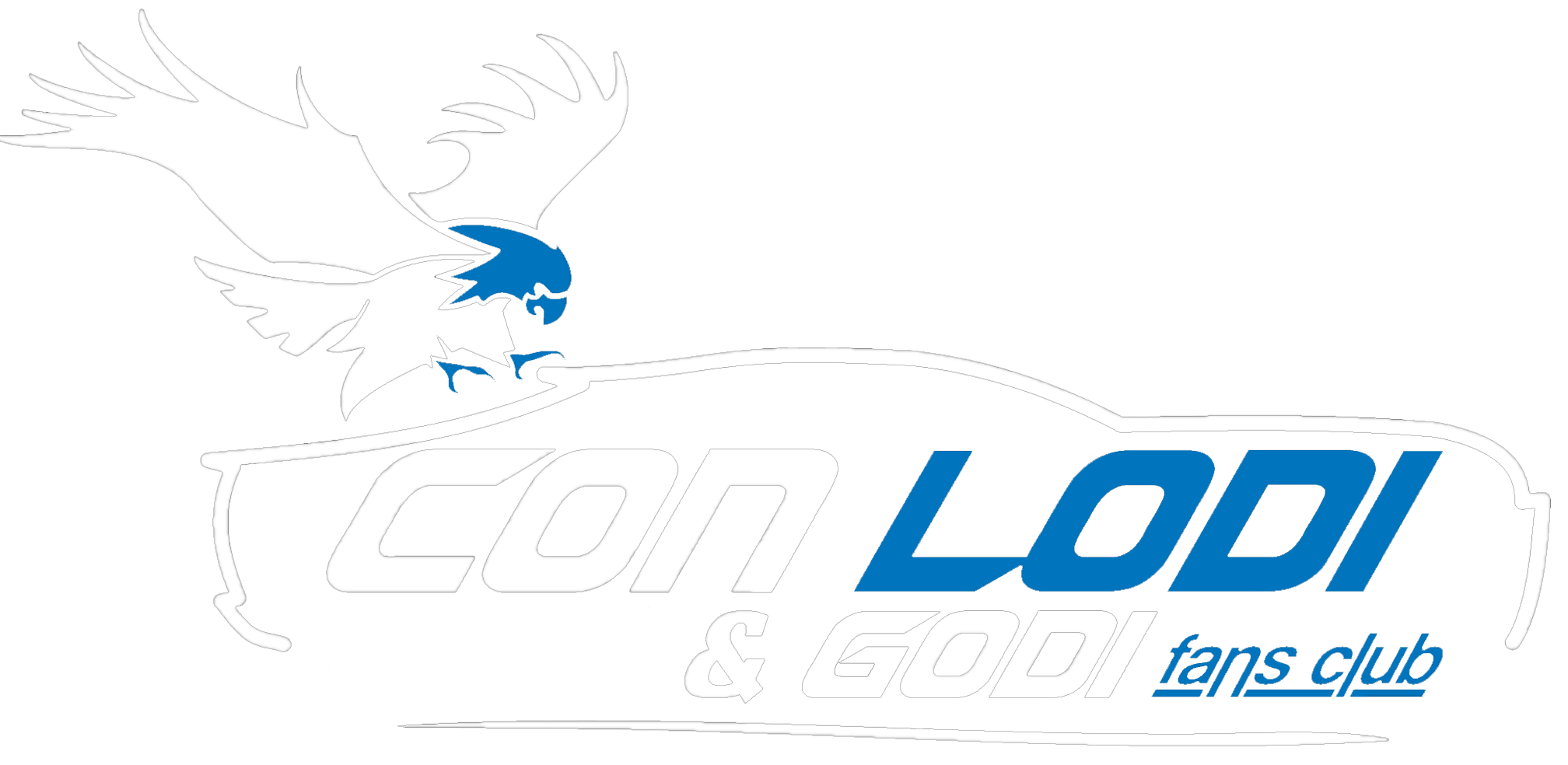For such an unprocessed order the customer should be given the option to easily retrieve the order and modify it on the tablet POS. When the order is being processed this function should be automatically disabled. As a case in point, some self-ordering systems not requiring staff assistance may not properly recognize a subsequent order from the same customer at a table. As a result, the customer is left waiting and wondering why his second order of food and drink is not being served. In hotels, POS software allows for transfer of meal charges from dining room to guest room with a button or two. This gets even more complicated when there is a membership system requiring real-time two-way updating of membership points between sale stations and the back end administrative computer.
The POS system connects to the cardholder’s bank, potentially asks for a PIN code, checks funds to clear the transaction, and confirms whether the payment has been completed or rejected. E-commerce businesses also use POS platforms to facilitate and track online sales. POS software can also allow for functions such as pre-planned promotional sales, manufacturer coupon validation, foreign currency handling and multiple payment types. Another consideration is that a cloud-based POS system actually exposes business data to service providers – the hosting service company and the POS vendor which have access to both the application and database. This security and privacy concern is an ongoing issue in cloud computing.
In addition to all the above features, different industries may require specialized features. For example, restaurants may require hospitality-specific features like menu editing, kitchen-display systems, and detailed inventory management that tracks each individual ingredient required to make the meals. It’s worth noting that smaller businesses can opt for devices that include multiple components. For instance, a mobile card reader might even do all five tasks by plugging into an iPad or phone directly, and sending digital receipts while accepting cashless payments. To take transactions on the go, retailers often use hardware like a tablet or smartphone and a card reader to take payments.
It’s free to use, comes with a free mobile reader, and makes it easy to process payments anytime, anywhere. A point of sale transaction occurs when a customer pays for a purchase in a store using cash/card/mobile or online shopping using net banking or payment gateway. Let us understand the features of installing a point of sale software and how it helps businesses with customer management and cash handling. AI-driven chatbots will automate tasks such as inventory management, reordering, and even customer support, further streamlining business operations. Once payment gets the green light and goes through, the checkout process wraps up with a receipt.
Since these apps work with both Shopify POS and your Shopify website, you can run your entire business from one back office rather than needing to jump between systems. “Since using Shopify POS, we’ve freed up a lot of time that would have otherwise been spent on operations,” says Sophie Rankine, co-founder of elph ceramics. “That’s time we can now use to implement some of the strategies we have while assuring the day-to-day operations run smoothly. Explore the Point of Sale system with everything you need to sell in person, backed by everything you need to sell online. Adam Hayes, Ph.D., CFA, is a financial writer with 15+ years Wall Street experience as a derivatives trader.
Mobile POS Systems
- Each step helps to ensure a smooth process and amiable partnership between the supplier and retailer.
- Steve Jobs once stated that in innovation, differentiation is the only thing that separates you from the pack.
- Consignment inventory is a supply chain strategy or business agreement in which the consignor (e.g. wholesaler, supplier, manufacturer) gives the goods to a consignee (e.g. the retailer) to sell.
- While mobile POS apps aren’t a necessity, 54% of US businesses have already used the software to process transactions.
It can also include a conveyor belt, checkout divider, wireless handheld scanners, integrated card processing systems, and customer-facing displays to display totals and show advertisements. While some systems use typical PC interfaces (such as a keyboard & mouse), it is far more common to utilize touchscreens as they allow for faster response and better customization for the retailer. In the past, most IBM systems used a primarily keyboard-based interface, and NCR previously used side-keys on their displays before touchscreens were widely available, similar to their ATM products.
- Use this information to optimize stock levels and focus on high-demand products.
- In addition, they sell the all-in-one hardware component you’ll need to run their app.
- It improves retail productivity by having an impact on transactions keeping track of key sales information, and bringing together different business processes.
- For instance, a mobile card reader might even do all five tasks by plugging into an iPad or phone directly, and sending digital receipts while accepting cashless payments.
Traditional POS Systems
The best mobile POS systems can do almost everything a traditional POS used to do, and sometimes more. Likewise, POS can be found at restaurants, hospitals, gas stations, hotels, etc., to allow a space for customers to pay their bills. POS is a vast world, allowing efficient management of business data, inventory, and customer relationships. Some people use a computer, along with some other hardware like receipt printers and cash registers. The right POS solution for you will depend on your business needs and the experience you want to give your customers.
POS Hardware Costs – from $50 to $2,000
The aforesaid disastrous security risks connected with processing payment card usage through a POS system would then be greatly diminished. For businesses at prime locations where real estate is at a premium, it can be common to see a queue of customers. The faster a sale is completed the shorter the queue time which improves customer satisfaction, the less space it takes, which benefits shoppers and staff. Yes, Lightspeed POS offers powerful multi-location inventory management, allowing you to track stock levels, transfers and sales across multiple stores and sales channels from a single platform. A cloud POS is a web-based POS system that allows you to process payments through the internet. Cloud-based POS systems support all payment transactions and updates online and store data in the cloud, rather than holding on to your local computer.
While inventory and sales are essential features for any good Point of Sale system, the modern iteration comes with plenty of additional abilities, all aimed at making a store owner’s life easier. However, larger businesses with more specific requirements will need to invest more in specific hardware like barcode scanners and cash draws. The data that POS systems collect sheds light on a business’s performance, as well as its weak spots or missed opportunities. Perhaps one employee is under-performing, or customers enjoy one type or color of product above another.
The software is typically provided by a specialist vendor and designed to be compatible with most hardware solutions. Centralizing all business processes into one system greatly boosts efficiency. With a Point of Sale system you can quickly and easily move from task to task as prompted, while being notified with alerts when inventories need restocking or employees need to be scheduled. Naturally, this boosted productivity will also have a knock-on effect on a store’s revenue, which is more important than ever in 2025. If the POS provider doesn’t let you try its product before buying, consider that a red flag. It’s likely because the product is difficult to self-learn—which means more time speaking with support rather than running your business.
An on-premise POS (also known as a legacy POS) stores information on a local server. On-premise POS systems work similar to a program you install on your computer. With Shopify, you can choose from thousands of apps in the Shopify App Store, built by our trusted partners. Find an app to help you do virtually anything, including marketing, merchandising, shipping, store design, and more. When assessing your POS options, make sure it lets you use apps to extend its capabilities. Using apps, you can customize your POS system to fit your business’s unique needs.
A Point of Sale (POS) system is a device you can use to log orders and process sales. It is made up of hardware and software elements, and can also be used to carry out advanced functions like managing inventory, improving customer loyalty, tracking employees, and analyzing business performance. A mobile point-of-sale system is usually cloud-based and can be used anywhere. Store owners can take transactions from a central point of purchase, like a traditional checkout counter or cash register, or wherever they need it to be.
Instead, you pay a small percentage of the fee you receive for every transaction you make, meaning you won’t start paying until you start selling. The costs of hardware can also considerably bump up the initial price of Point of Sale systems. At the top end of the spectrum, larger businesses that run over multiple premises may need to invest over $10,000 what is the meaning of pos for specialized hardware devices. If a business decides to take orders through a single touch screen device, however, they should be able to cover their hardware requirements for under $500 upfront.

